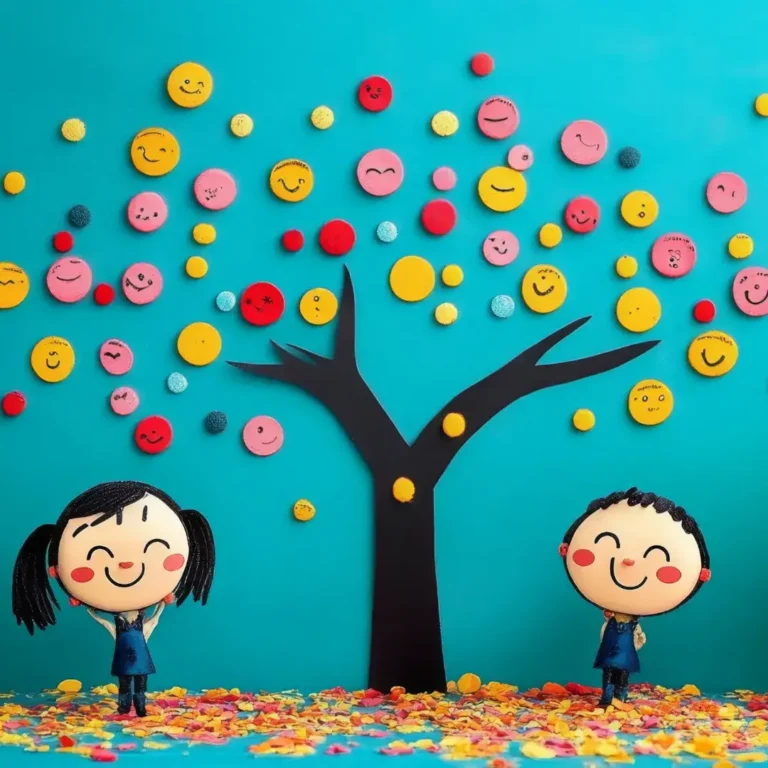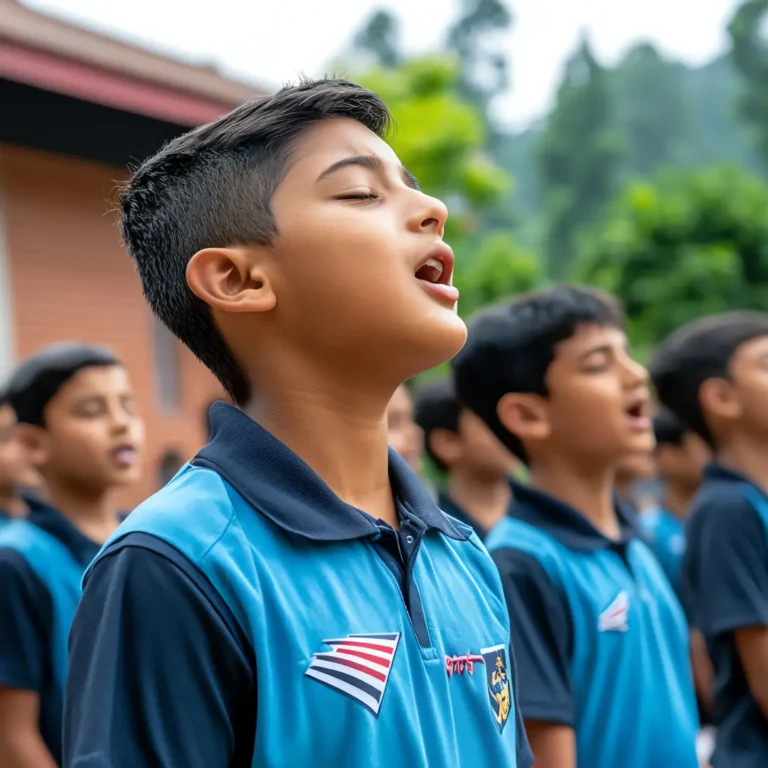How Kids Can Make a Difference: Teaching the Impact of Human Actions on Our Planet
- Teachers
- March 21, 2025
- Viva Education
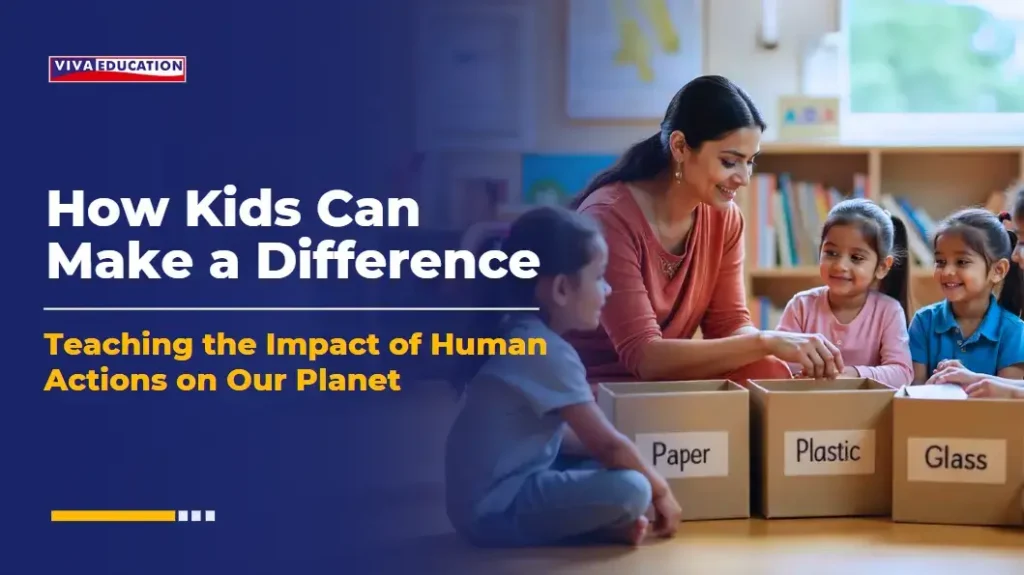
A student named Ravi plants a tiny sapling of a mango tree in their schoolyard, watching it every day with curiosity, watering it and caring for it. Though Ravi’s actions at the time might look small and have no impact in a few years, the same tree will stand tall, full of mangoes, and provide shade, shelter and comfort. Small actions like these might seem unimportant, but they add up, just like the choices we make every day.
The plastic we use, the energy we waste, and our actions shape our world. We are already feeling the effects of rising temperatures and unpredictable monsoons. What if the next generation learned how to protect their environment instead of harming it? As educators and parents, we have the power to make that happen. When we help children engage in environmental education, we must show them that their choices matter and give them the tools to make a real difference.
We will discuss practical methods you can implement to help your students understand environmental impact. This will allow them to participate in eco-friendly activities and develop lifelong contributing habits to a healthier planet.
Understanding Human Impact on the Environment
Our day-to-day activities, such as driving, using too much A.C., and using plastic bags, all affect the environment directly or indirectly. Environmental education for kids helps them understand these impacts and make better choices. For a proper understanding, we have mentioned few examples of how human actions are affecting our planet:
1. Burning Fossil Fuels and Air Pollution
Every time we drive fuel-powered vehicles, burn coal for electricity or use gas-powered machines, we release harmful pollutants into the air. These emissions lead to smog, poor air quality and rising global temperatures.
Did you know that Delhi, Mumbai and Kolkata are among the most polluted cities in the world due to high vehicular emissions and industrial pollution?
2. Plastic Waste and Ocean Pollution
Excessive plastic, especially single-use items like straws and bags, contributes to massive waste in landfills and oceans. Marine life often mistakes plastic for food, leading to severe health issues and even death.
Did you know? The Ganga River, one of India’s most sacred rivers, is also polluted, carrying thousands of tonnes of plastic waste into the ocean each year.
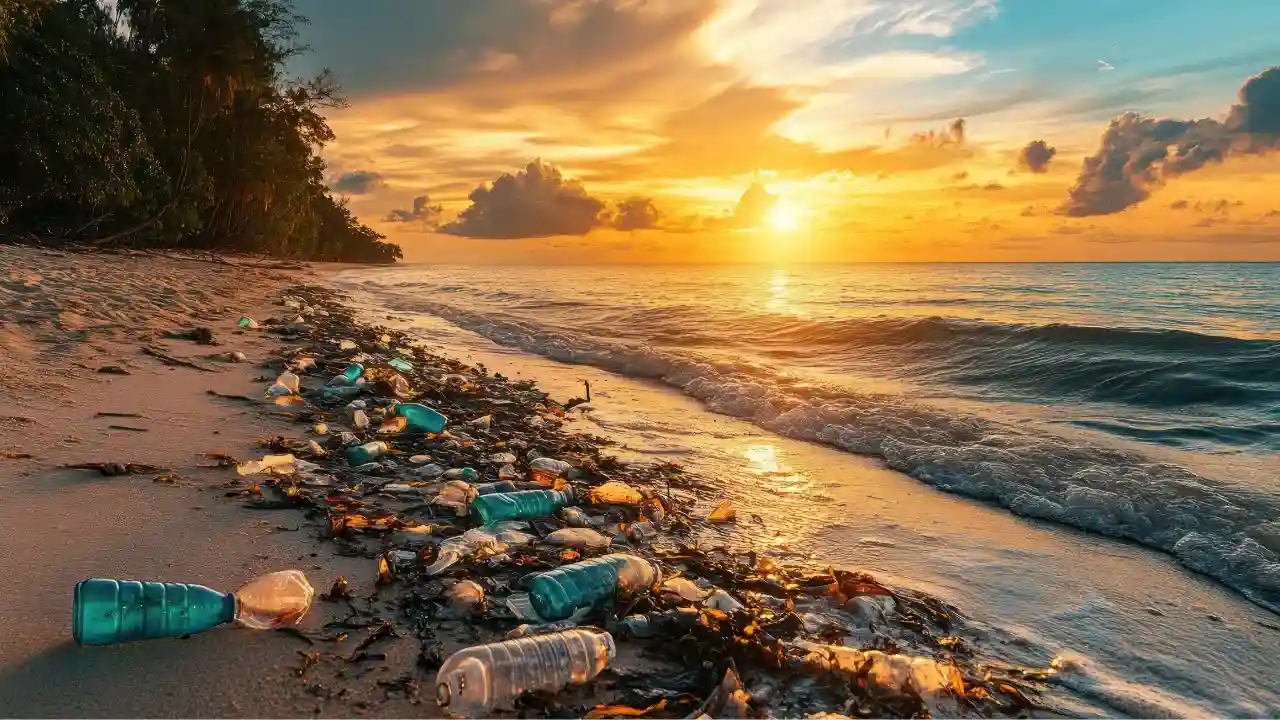
3. Deforestation and Habitat Loss
Imagine waking up one day to find your home destroyed. That happens to countless animals when we cut down forests for cities and farms.
India has lost vast forest areas to urbanization and agriculture, affecting wildlife such as tigers, elephants, and leopards. Deforestation has significantly impacted the Western Ghats and Sundarbans, which are rich in biodiversity.
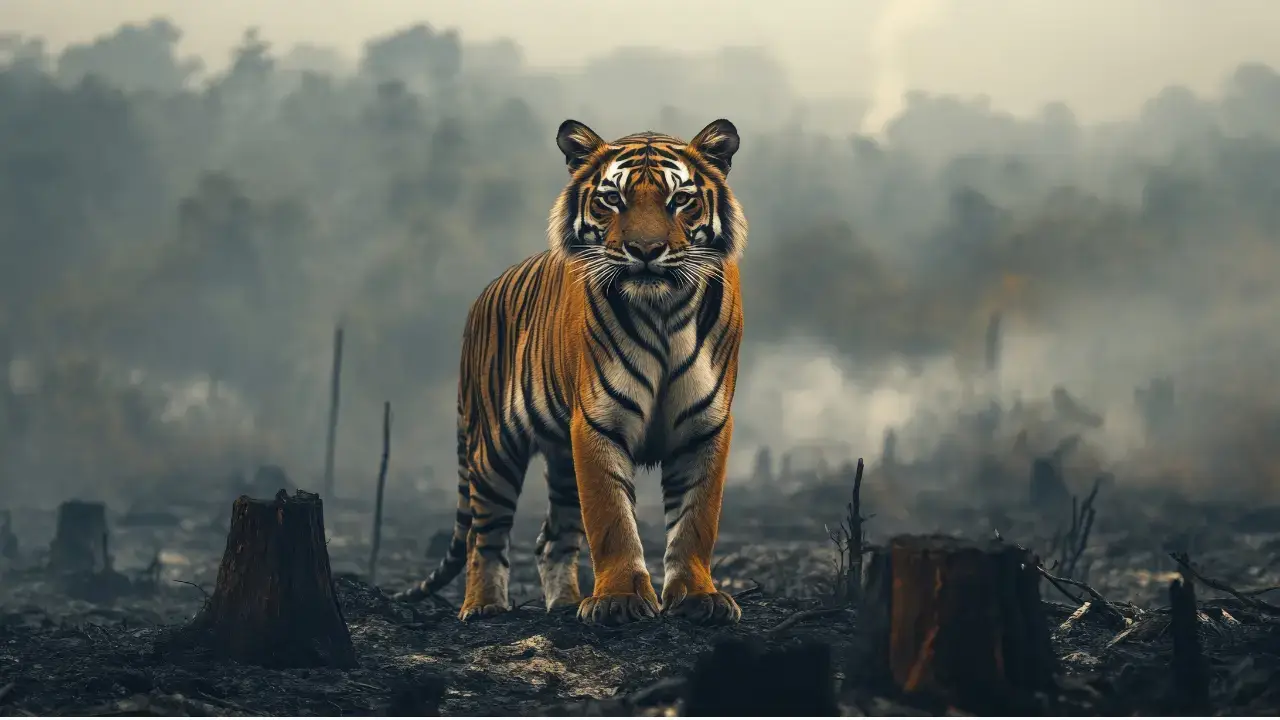
4. Excessive Energy Consumption and Climate Change
Leaving lights on, overusing air conditioning, and wasting electricity contribute to climate change by increasing carbon emissions.
India’s energy demand is rising rapidly, and coal remains a significant source of electricity. Reducing unnecessary power usage can significantly cut down carbon footprints.
5. Overfishing and Loss of Biodiversity
Catching fish faster than they can reproduce disrupts ecosystems and endangered species. Additionally, habitat destruction due to human activities is pushing many species toward extinction.
Overfishing is causing fish populations in the Indian Ocean to decline, impacting coastal communities that depend on fishing for their livelihoods.
How Teachers Can Instill Eco-Friendly Habits In Kids
1. Reducing Pollution
When we use too much electricity or rely heavily on cars, harmful gases enter the air, making it unhealthy for us and the planet.
How you can encourage kids to act:
- Organise “No Vehicle Days” where kids walk or bike to school.
- Set up a “Turn Off the Lights” challenge in classrooms.
- Teach kids about air-purifying plants and encourage classroom gardening.
2. Protecting Our Water: Stopping Pollution
Plastic waste, chemicals, and careless water use harm rivers and oceans, affecting marine life and drinking water.
How you can encourage kids to act:
- Organise clean-up drives for nearby water bodies.
- Teach kids to close taps properly and avoid wasting water.
- Encourage the use of refillable water bottles instead of plastic ones.
3. Saving the Ozone Layer: Making Smart Choices
Harmful gases from old appliances and chemicals weaken the ozone layer, releasing dangerous UV rays.
How you can encourage kids to act
- Explain why eco-friendly products matter and guide kids in making better choices.
- Hold discussions on reducing the excessive use of air conditioning.
- Teach kids about the importance of wearing sunscreen to protect their skin.
4. Reducing Waste: Less Trash, More Recycling
A lot of waste ends up in landfills, polluting the soil and water. Teaching kids to recycle and reuse can make a significant impact
How you can encourage kids to act:
- Set up a recycling station in the classroom
- Encourage students to bring reusable lunch boxes and water bottles
- Organise craft activities using recyclable materials.
5. Protecting Animals: Saving Forests and Habitats
Cutting down trees destroys animal habitats and increases pollution. Small actions can help protect wildlife
How you can encourage kids to act:
- Plan field trips to nature reserves and wildlife sanctuaries.
- Introduce “Plant a Tree” projects in schools.
- Educate kids on avoiding products made from endangered species.
6. Fighting Global Warming: Small Actions, Big Change
Everyday choices, from food waste to transport, impact the Earth’s temperature.
How you can encourage kids to act:
- Introduce “Meat-Free Mondays” to promote sustainable eating.
- Encourage carpooling and using public transport for school trips.
- Teach kids to switch off fans and computers when not in use.
Fun Environmental Activities for Students
Now that your students understand the critical issues of the environment, it is time to teach them some hands-on activities that can help them learn about it and become impactful citizens.
1. DIY Recycling and Upcycling Projects
Ask your children not to throw away their waste materials. Instead, encourage them to make the best of waste projects or DIY using whatever scraps they have left. This will teach them to recycle and not let anything go to waste.
For example, old T-shirts can be cut and sewn into reusable tote bags, reducing the need for plastic bags.
2. Gardening and Tree Planting
The easiest way to help the environment is by planting trees. Organise tree-planting activities during school events like annual functions and Earth Day celebrations. Whenever you celebrate something, plant a tree! This way, kids can learn about plants and nature while making the world greener.
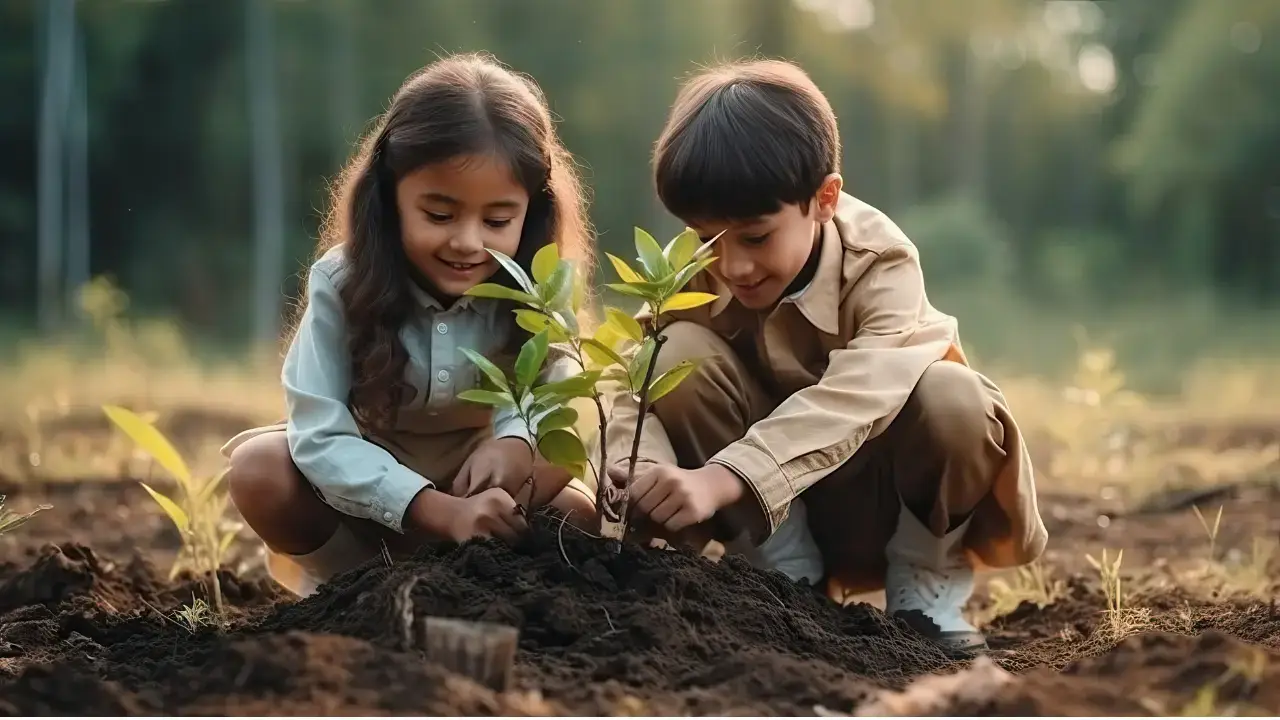
3. Creating Posters and Campaigns
Since today’s kids are more involved in social media, ask them to build campaigns and eco-friendly habits and share them with people online. They can express their thoughts through posters and campaigns. A classroom activity like a poster-making competition can help them think about solutions and spread awareness within the school.
School and Parents – Their Role
Schools and parents are responsible for teaching children about environmental concerns. Schools should plan more activities and outings to support environmental education for kids allowing them to interact with the environment more and even consider how to restore it. Parents can encourage sustainable habits by making small changes at home, like using reusable bags, composting, saving water, choosing energy-efficient appliances, growing herbs, reusing old clothes, and reducing plastic waste. These everyday actions help children understand how simple choices can positively impact the environment.
Organizing Green School Projects and Eco-Clubs
Eco-clubs are few in our country, with little emphasis on them. We must promote such clubs and participate whenever possible so that our children can learn from us and be more active in their school projects and activities involving the environment.
Conclusion
We play a vital role in shaping the next generation’s mindset toward the environment. Teaching children about sustainability early on ensures they grow up with a sense of responsibility and awareness. Small actions, such as encouraging eco-friendly habits, discussing real-world environmental challenges, and engaging kids in hands-on activities, can create lifelong positive change.
Viva Education’s Environmental Studies books are designed to support you in this journey. Aligned with the National Education Policy (2020), these books use engaging illustrations, interactive activities, and thought-provoking exercises to make environmental learning fun and impactful. By incorporating them into your teaching, you can help children develop the critical thinking skills and eco-conscious mindset needed to build a greener future.
Explore our books to make environmental education more engaging and effective!
>> Please Share

